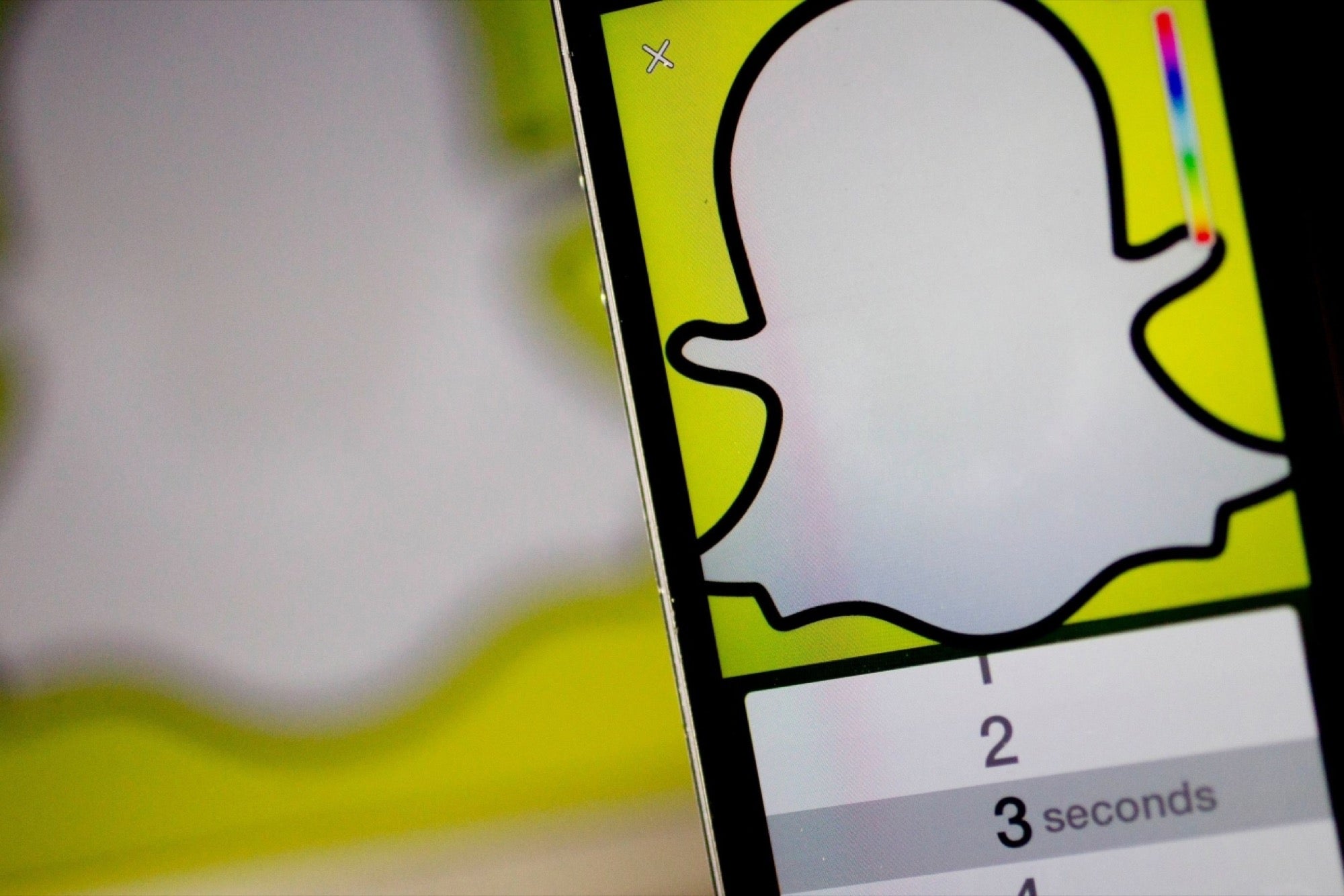Why Snapchat's 'Memories' Proves It's a Real Competitor to Facebook Best known for its disappearing photos and videos, Snapchat has given users the most compelling reason yet for lingering on its increasingly ad-backed app.

Opinions expressed by Entrepreneur contributors are their own.

On your list of reasons for "Why anyone should care about Snapchat," you can put the company's latest announcement at the top.
Since its release in fall 2011, Snapchat has served primarily as a way to exchange photos that automatically disappear. Over time, the company has added a slew of other options for sharing ephemeral visuals, including video, text chatting, emoji, filters, "geotags," 24-hour "stories," a "Discover" page where brands and publications can post content and livestreams. Yesterday, Snapchat unveiled "Memories," which will give users the ability to save old photos and videos they've shared -- archived within the Snapchat app.
This laundry list is lost on most non-users, and Memories will be no exception to those who catch wind of the news. Social networks add new bells and whistles constantly, and it can be exhausting. But frequent updates serve a purpose: They keep users engaged, get people talking and, as the companies would likely say, make it easier to share life's precious moments and pressing information.
Related: Snapchat: How Geofilters Can Increase Brand Awareness
But unlike some of Snapchat's more trivial features, Memories signifies that the app is positioning itself as a one-stop shop for social networking. Over the course of nearly five years, Snapchat has proven itself as more than a fad, and the rollout of Memories suggests that the company wants to fill in its gaps and compete directly with Facebook and Instagram.
As Snapchat has gained users, usurping Twitter in daily usage, it has attracted advertisers that can now insert their sponsored messages between friends' video stories and created "lens" overlays that users can add to their visages. On its website, Snapchat boasts that "on any given day, Snapchat reaches 41 percent of all 18 to 34 year olds in the United States." That's a huge selling point.
While users could previously preserve their Snapchat photos and videos by exporting them from the Snapchat app to their camera rolls (or screenshotting snaps from friends), there was one problem with that: Users had to leave the app, where the advertisers are, to view them.
With Memories, Snapchat enables users to save individual snaps, or entire strings of them, and later splice them together to create new ones. It allows for an element of nostalgia, just as Facebook's On This Day feature and the third-party Timehop app resurface posts from years past.
It also taps into to the reality that users share photos when they're physically together, rather than only exchanging virtually. In a promotional video Snapchat created in conjunction with the launch of Memories (embedded below), a young woman is eating dinner with her parents and boyfriend when she hands them the phone to look at a series of photos and videos she saved from a recent Hawaii vacation. She types in "Hawaii" to conjure the images, but using Memories, she also could have built her own album of sorts.
This is a crucial element Snapchat was missing. Now, people will go to the app not just for present happenings, but to store their memories and relive their pasts.
In reaction to the announcement, Gizmodo published a story with the headline, "Snapchat Is Ruined," lamenting that the presence of advertisers has caused Snapchat to expand beyond raw, in-the-moment image sharing and encourage polished curation.
Related: The Quick Guide to Using Snapchat for Business in 2016
Many teens will likely agree with the "ruined" sentiment when the upgrade pushes itself onto phones over the course of the next month. Not to mention that their parents are increasingly becoming curious about the service. Today, 14 percent of smartphone users over the age of 35 use Snapchat, up from 2 percent in April 2013, according to ComScore.
Snapchat's new releases have always been designed to lure users, but Memories is more substantive than the illusion of a rainbow waterfall pouring from a user's mouth. It's about the bottom line, and now that Snapchat has attracted the masses, and advertisers along with them, Memories is the app's strategy to keep their attention -- and away from the competition.












